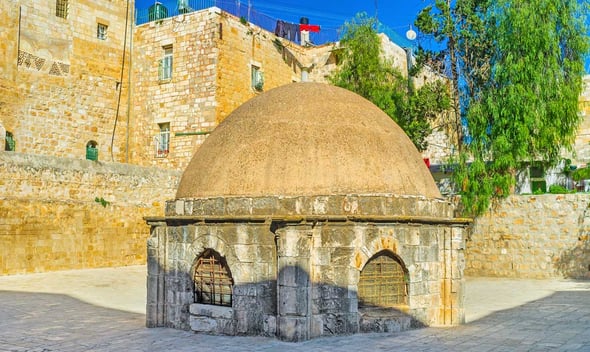
So you think it's difficult for Las Vegas residents to go a week during the summer without complaining about the intense heat?
Try to imagine how the topic must have dominated conversation before 1902, when Willis Haviland Carrier unveiled his “dew point control system” – so named because Carrier sought not only to cool inside air but also reduce humidity. It wasn't until the 1950s that air conditioning began to catch on in America, followed by attic insulation to prevent that cool air from escaping.
Before air conditioning and attic insulation in Las Vegas became commonplace, people kept all kinds of tricks up their sleeves, including ice packs, to stay cool. Wisely, their efforts began with modifications to their homes – some of which you still might see today:
Home designs helped Americans keep their cool
- The cupola house was perhaps the easiest to identify because it was distinguished by a small dome that jutted out from the top of the house to ventilate all the warm air that naturally congregated there. Today, attic insulation in Las Vegas homes can provide a resistant barrier to the flow of warm air.
- The dogtrot house was easy to identify because a breezeway essentially divided it in two – thereby allowing a dog to happily trot from one end of the house to the other, along with fresh air. Many dogtrots also featured an overhang over the front windows to block the sun and rain. Dogtrots dotted southern plantations during the 1800s.
- The shotgun house got its name from its narrow width, the idea being to shrink the distance from one end of a house to another to capitalize on cross ventilation. Shotgun houses were especially popular in southern U.S. states, although on cool nights, Las Vegas residents still can take advantage of this technique by opening doors and windows. The benefits of attic insulation in Las Vegas may go right out the window, but then, it won't really matter.
- Shutters provided an economical way to block the sun and keep all types of homes cool – and they perform the same function today. Until attic insulation in Las Vegas became commonplace, many Americans augmented shutters with thick vines; others planted trees near their homes.
- The sleeping porch was especially popular in the early 1900s, and not just in America but across the world. More prevalent in the front of homes than in the back, sleeping porches were intended to capitalize on night-time breezes. More affluent homeowners installed screens to keep bugs and insects way.
Attic insulation in Las Vegas homes keeps them cool
Rather than redesigning your home, add attic insulation to stay cool and derive other benefits, too, including:
- Lower utility bills
- Better humidity control and indoor air quality
- Fewer outdoor contaminants – dirt, dust and pollen – seeping indoors
- Reduced outdoor noise
Contact First Quality Roofing & Insulation at 702-262-7847 to schedule your appointment. Be prepared to notice the difference – and maybe even go one week during the summer without complaining about the heat.

















